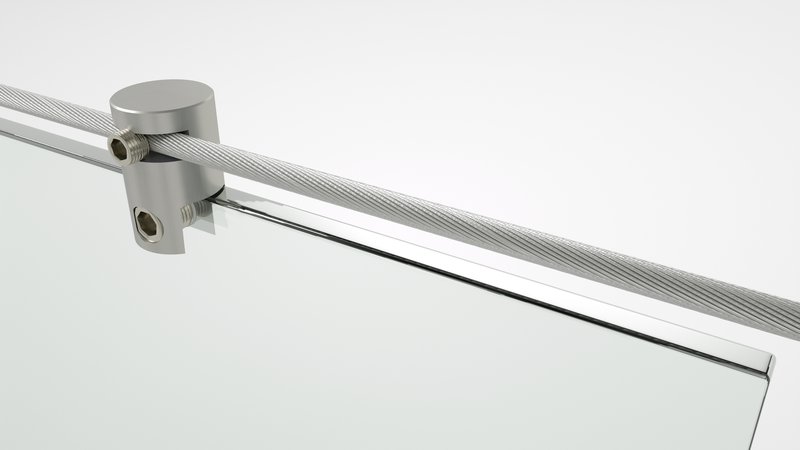These days business world is on the hike, each and every company is working hard to get best sales and to earn more profit. Not just that, the company are making and introducing new strategies to improve their overall performance in the market. 3d rendering companies in Canada are another field where people are working on boosting the sales.
However, there are lots of things that should be taking care of boosting up the sales. Well, running an interior designing company is not an easy thing. You should know about your competitors and always stay updated to plan better. Also, these days lost of company are entering in the field of interior designing.
Thus, the competition is getting tough and the survivor power is decreasing. For attracting new clients, the company are spending on making their product more impressive. But again, it's difficult to offer something new in such circumstances where everything is so tied up.
For helping you out, here we are presenting the best lesser known secrets that will help you to boost your sales.
Boost up your sales number with the help of 3D rendering services
Well, the numbers of 3D rendering companies Canada, USA is not low, that means the customer has more options in the market.
In such case, there are some secrets that may help you in identifying what to do so you can attract people and make them choose your product over any other.
1. Improve the quality of the product
Improving your sales doesn't mean degrading your quality, there may be lots of companies in the market but if your quality in the product is different and unique the no matter what not a single company can steal your client. 3d interior rendering services are one of the powerful tools that actually help you to get more attention.
2. Work on creativity
Well in 3D rendering services, the customer will get to know about your creativity. It shows the idea of yours, and apart from this, it also lets people know your mood and atmosphere. Such things are extremely important for a client's side as they will get a better idea of you as well.
3. Upgrade your position in the market
Well, in the market if you are offering 3d interior rendering services then it will also be going to boost up your image in the market. It works as a win-win situation in both cases. You can enter into the new level of market and target better potential clients. It wills surely going to boost your sales but also the reputation of the company.
4. Invest for once but earn for a long time
For any company, it's important to invest in good things that can help them in earning more in future. Talking about 3D services, adding such thing will uplift your price in the market. Also going to increase your overall business flow.
5. Will get fast potential clients
Getting projects in such industry where the number of competitors is high is kind of difficult. But with these services, you can offer something different to your clients who will help you in getting better projects and clients.
RELATED ARTICLES:
10 Reasons to use VRay for architectural rendering


/https://www.thestar.com/content/dam/thestar/vancouver/2018/06/20/bc-government-will-create-public-registry-to-reveal-who-owns-real-estate/van_skyline.jpg)




